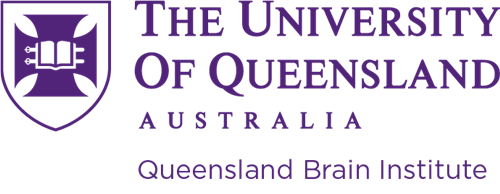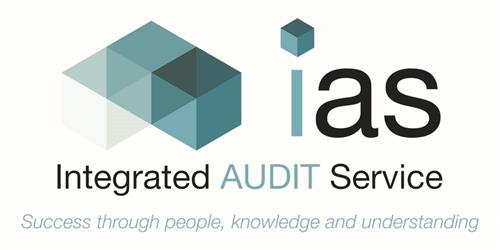By Stephanie A. Urchick, chair of Rotary’s Strategic Planning Committee
We are now more than a year into the process of revisiting Rotary’s strategic plan, a process that will allow us to examine our strengths, weaknesses, opportunities, and threats in order to move the organization in a direction that will allow Rotary to thrive in the years ahead. Our new vision statement is the first lap in that three-year journey.
You may have seen the vision statement and wondered what its relevance is to you. If Rotary were a ship approaching land, our new vision statement would be the lighthouse that keeps us from running aground. Our vision statement explains what we want to achieve, in the same way that our mission statement explains our focus, and our strategic plan represents how we are going to get there.
Strategic planning is a process, not an event. And it is certainly not limited to activity conducted in the board room. Almost 30,000 Rotarians, Rotaractors, and alumni participated in the 2017 triennial strategic planning survey sent out last January. Our strategy office and our consultant partner, Grant Thornton, then conducted countless focus groups, in-depth interviews, and discussions with Rotarians, non-Rotarians, Rotary leaders, alumni, Rotaractors, and others to gather more insight. Over the course of all these sessions, more than one million individuals had an opportunity to provide input.
Out of these focus groups, different elements emerged that were then tested around the world to be sure they were culturally appropriate to both a Rotarian and non-Rotarian audience. These elements became our 24-word vision statement.
“Together, we see a world where people unite and take action to create lasting change — across the globe, in our communities, and in ourselves.”
President-elect Barry Rassin did a masterful job of unpacking the vision statement to incoming district governors and other leaders at the 2018 International Assembly in January. More and more leaders and members are having a chance to see and hear the vision statement and think about how these words reflect the impact we wish to have on the world.
Entering the second year of the process, we will begin to test “priority concepts” that will move Rotary toward our vision statement. These concepts are being tested in every part of the world through additional focus groups, to ensure these concepts resonate in all geographies, all languages, and all cultures. In the third year, the rubber will hit the road. Strategies and tactics will be created and approved, and districts and clubs will be asked to try them and give us feedback.
Why is all this important? Let’s look at Amazon, a great example of the power of strategic planning. Amazon was the very first company to endorse free shipping. Amazon, researchers have noted, rose to power not by inventing a new product or service, but by analyzing the entire industry and making multiple moves into the future, much like a chess game.
Our three year-process allows for many checkpoints along the way to determine if we are still on the right track, if external or internal aspects have changed, and if a response to these changes requires altering our trajectory. When the strategic plan finally rolls out two years from now, there will be more than one million people who — because they had input — can say, “I helped shape that plan.”
What would we like you to do? Share the vision statement with your fellow club members. Think about what it means to your club. And look for opportunities to give your input into our strategic planning process. Help us chart a course for taking action to create lasting change.




